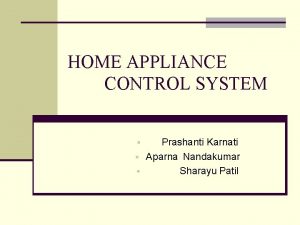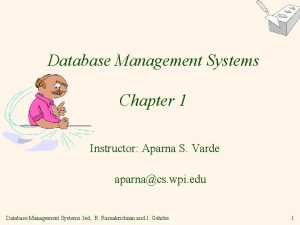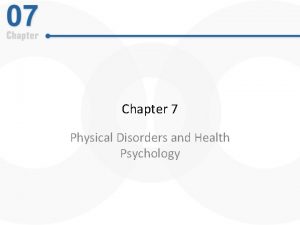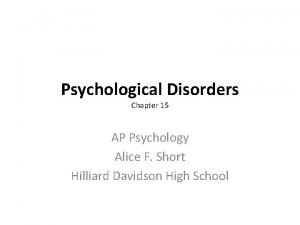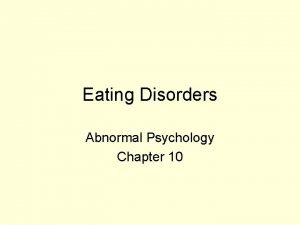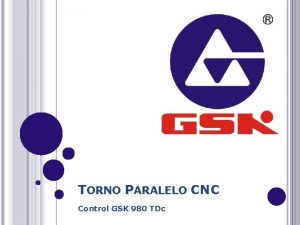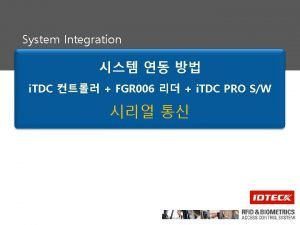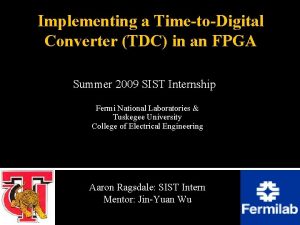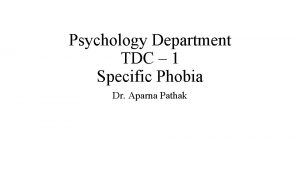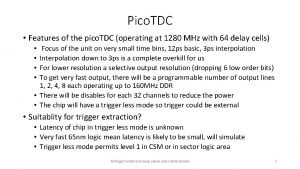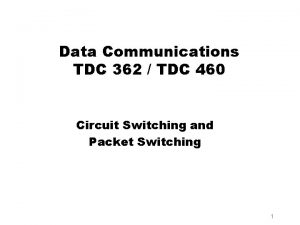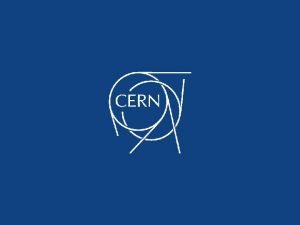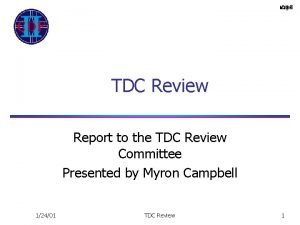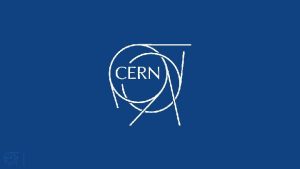Psychology Department TDC 1 Panic Disorders Dr Aparna









- Slides: 9

Psychology Department TDC – 1 Panic Disorders Dr. Aparna Pathak

• Panic disorder refers to sudden and repeated panic attacks—episodes of intense fear and discomfort that reach a peak within a few minutes —during which time the individual experiences physical symptoms such as chest pain, heart palpitations, breathlessness, vertigo, or abdominal distress, sometimes accompanied by the fear of losing control or dying. The symptoms may seem similar to those of a heart attack or other life-threatening medical conditions. Panic disorder is often diagnosed after medical tests or emergency room visits have ruled out other serious illnesses.

Factors of Panic disorder The causes of panic disorder are not fully understood, but certain elements are linked to the disorder. Those who are especially sensitive to anxiety, neuroticism, and negative emotions may be at an increased risk. Childhood physical and sexual abuse is a risk factor, as is separation anxiety in childhood, although less consistently. A loss or stressor can precede a first panic attack, such as the death of a loved one or a harmful experience on drugs. Genetics are thought to play a role as well.

Prevalence Panic disorder affects about 2 to 3 percent of American adolescents and adults, and occurs twice as often in women than men. Panic attacks often emerge in young adulthood, but not everyone who experiences a single panic attack goes on to develop the disorder.

Diagnosis Panic disorder is diagnosed when a person experiences unexpected panic attacks, which include at least four of the symptoms below: • Palpitations, pounding heart, or accelerated heart rate • Sweating • Trembling or shaking • Shortness of breath or a sensation of smothering • A choking feeling • Chest pain or discomfort • Nausea or abdominal distress

• Feeling dizzy, unsteady, lightheaded, or faint • Feeling detached from oneself or reality • Fear of losing control or of impending doom • Fear of dying • Numbness or a tingling sensation • Chills or hot flashes

Treatment Panic disorder is effectively treated with medications and therapy. Therapy Cognitive-behavioral therapy (CBT) teaches patients to see the links between their thoughts, beliefs, and actions. By changing distorted thought patterns that maintain anxiety and by exposing the person to anxiety-provoking symptoms or situations in a gradual manner, CBT can help create mastery over anxiety and panic symptoms. Therapy may help those with panic disorder to: • Understand their distorted views of life stressors, such as other people's behavior or life events. • Learn to decrease their sense of helplessness by recognizing and replacing paniccausing thoughts. • Learn stress management and relaxation techniques to help when symptoms occur.

• Practice systematic desensitization and exposure therapy, in which they are asked to relax, then imagine things that cause the anxiety, working from the least fearful to the most fearful. Gradual exposure to the real-life situation also has been used with success to help people overcome their fears. Medications Several medications have been found to be effective for relieving panic disorder. Antidepressants are one class of medications that must be taken for several weeks before symptoms begin to disappear.

Thankyou
